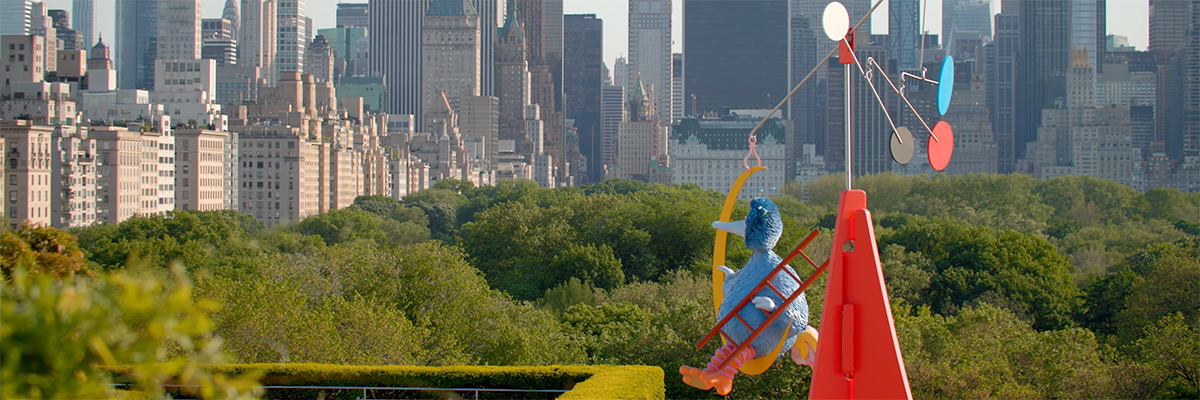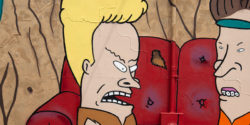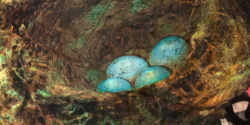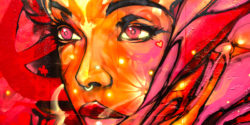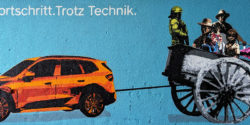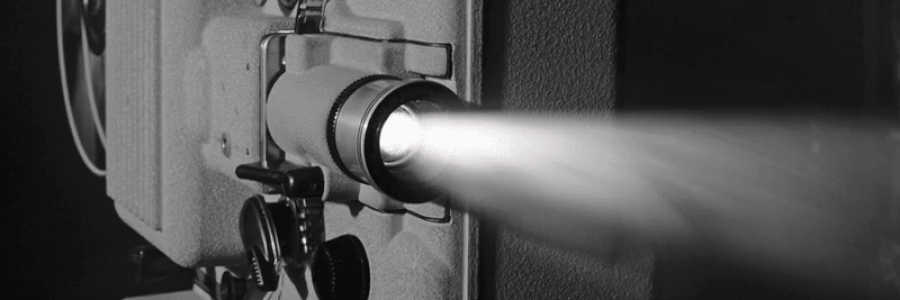
Our weekly focus on the moving image and art in the streets. And other oddities.
Now screening:
1. Da Corte looks at Everyday Icons
2. Vhils – Jose Saramago
3. FUTURA on How To Think About Identity + Brand, and The Power of Collaboration. Via Idea Generation

BSA Special Feature: Alex Da Corte looks at Everyday Icons
“In a darkened gallery, artist Alex Da Corte appears projected on the wall in Slow Graffiti (2017) as Boris Karloff, performing as both the actor himself and his 1931 role as Frankenstein’s monster, blurring the lines between actor and character. In his work, the artist never appears as himself, but rather, embodies the larger-than-life characters who influence or intrigue him: Mr. Rogers, the Wicked Witch of the West, Marcel Duchamp, and the Pink Panther are but a handful. Studying these characters who exist in worlds of fantasy and cartoon and integrating them into his own expansive artistic vision, Da Corte hopes to gain a deeper understanding of them and learn new ways of thinking. Alex Da Corte was born in Camden, New Jersey, in 1980 and lives and works in Philadelphia.
Da Corte creates vibrant and immersive large-scale installations, including wall-based works, sculptures, and videos. Colorful and surreal, his work combines personal narrative, art-historical references, pop-culture characters, and the glossy aesthetics of commercial advertising to reveal the humor, absurdity, and psychological complexity of the images and stories that permeate our culture.”
Alex Da Corte / “Everyday Icons” – Season 11 – “Art in the Twenty-First Century”. Via Art21
Vhils – Jose Saramago
“That is the virtue of maps, they show what can be done with limited space, they foresee that everything can happen therein.” José Saramago, The Stone Raft
FUTURA on How To Think About Identity + Brand, and The Power of Collaboration. Via Idea Generation
“What’s a good idea, what’s a bad idea…you gotta give both a shot”
“Street Art pioneer FUTURA started painting his name on walls as a coping mechanism to deal with his struggle with identity. But as he turned a signature into a brand, he quickly realized that it could also be a business. And that’s where things got interesting. From Lower East Side galleries to t-shirts and toys to collaborations with nearly every blue chip brand you can name, over the last 40 years, FUTURA has redefined what it means to be a pop artist.”
 BROOKLYN STREET ART LOVES YOU MORE EVERY DAY
BROOKLYN STREET ART LOVES YOU MORE EVERY DAY